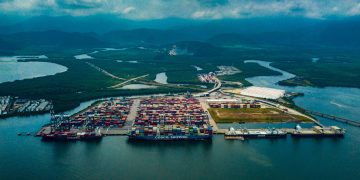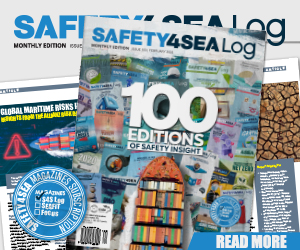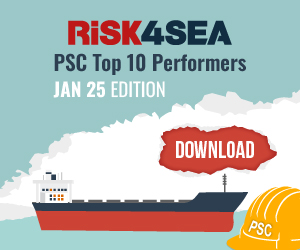Shipowners and operators of EU vessels must take steps to ensure that all new firefighting suits on board comply with changes to European regulations which enter into force from June 2025, according to urgent advice from VIKING Life-Saving Equipment.
In this regard, the life-saving equipment solutions provider is recommending fleet managers undertake a full risk assessment of their firefighting suits to verify compliance with requirements applying under MED regulations (EU) 2024/1975. These are in addition to provisions in effect since August 2024 – that all new firefighting suits must be tested to EN469:2020 standards.
Developed in response to high-risk firefighting, Level 2 notation covers radiant and convective heat resistance (X2), enhanced water penetration protection (Y2) and breathability (Z2). The inclusion of Y2 responds to growing risks of electrical fires on ships and greater seafarer exposure to close-quarters firefighting in enclosed spaces where water is used in high volumes. Y2 suits feature an extra moisture barrier to protect firefighters against steam burns and chemicals.
“There has been widespread acknowledgement that seafarers need more protection, including from electric vehicle and battery fires, and in enclosed spaces,” explained Charlotte Nielsen, Product Manager PPE, Viking Life-Saving Equipment. Owners recognise these needs but the most extensive fire suit rule changes for two decades are entering into force with unusual speed, so they also want to fully understand what is being asked of them.”
To avoid potential challenges from Port State Control, owners should verify their firefighting gear compliance by date of purchase. VIKING recommends customers conduct risk assessments on the condition and certification of suits and update each vessel’s Safety Management System (SMS).


































































